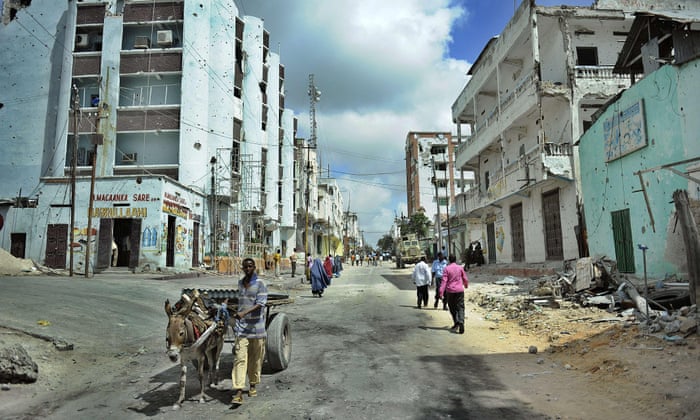
The Bakara market area of Somalia’s capital Mogadishu. Next year’s Venice Biennale seeks to document those ‘working in the margins, under tough circumstances, facing pressing challenges’. Photograph: Tony Karumba/AFP/Getty Images
Laboratory for Research in Art and the Public Sphere
professor panos kouros | department of architecture | university of patras

The Bakara market area of Somalia’s capital Mogadishu. Next year’s Venice Biennale seeks to document those ‘working in the margins, under tough circumstances, facing pressing challenges’. Photograph: Tony Karumba/AFP/Getty Images

Image credit: Jan Kempenaers, Spomenik #3 (Kosmaj), 2006
Urban Encounters is pleased to announce its eighth annual conference focusing on street-based urban photographic practices. As part of a wider programme of events around London exploring critical ideas addressing how ‘the street’ might be experienced, imagined, represented, performed and archived; Urban Encounters hosts a number of international artists, photographers, urbanists and academics concerned with theorizing, researching and creating visual work around street spaces.
The conference panels re-examine what is traditionally understood by the genre of ‘street photography’, an increasingly popular but also highly contentious and at times, problematic set of practices. Speakers discuss issues relating to aesthetics; the politics and ethics of street-work; notions of locality and flow; performativity, mediation and the disruption of ‘authenticity’.
This year’s conference opens on Friday 23 October, 18.30–20.00 with a keynote address by London based artist Rut Blees Luxemburg, whose large-scale photographic works explore the public spaces of the city. The keynote event is followed by a drinks reception to celebrate the opening of this year’s Urban Photo Fest. The keynote on Saturday 24 October is given by internationally acclaimed sociologist Saskia Sassen. Further speakers include Mitra Tabrizian, Julia Schulz-Dornburg, Vanley Burke and Charlie Phillips. The second day of the conference also includes a series of breakout seminars designed to encourage audience participation within research, theory and visual practice, which aim to build upon the conference presentations and audience discussions. Only one seminar can be selected. Please book for the whole conference by following the link on your chosen seminar.
Urban Encounters is part of the five day Urban Photo Fest programme supported by Openvisor, the Centre for Urban and Community Research, Goldsmiths, Kingston University and Photofusion.

Hilla Becher posing next to her photo series “Kühltürme” (Cooling towers) at the Musée d’Art Moderne de la Ville in Paris, in 2002. CreditDavid Ebener/European Pressphoto Agency
Featuring leading theorists in the field, the symposium demonstrated the vital importance of architecture’s political dimension
How is architecture political? That was the question being asked at the Architecture Exchange’s second annual symposium, this year held at the Architectural Association. The respondents, each of whom made a half-hour presentation on the subject, included Reinhold Martin (Director of the Buell Center in New York), Pier Vittorio Aureli (cofounder of Dogma and teacher at the AA), Ines Weizman (specialist in Soviet-era dissident architecture) and Sarah Whiting (Dean of Rice Architecture School, Houston). However, the star of the event was undoubtedly Chantal Mouffe, one of the world’s leading political theorists (as demonstrated by book titles like Agonistics: Thinking the World Politically, On the Political and The Return of the Political).
εγκαίνια: Τρίτη 6 Οκτωβρίου στις 19:30
Οικία Σπητέρη/Προβελέγγιου, οδός Κυκλάδων 8
http://lecorbusier.arch.ntua.gr/inthename